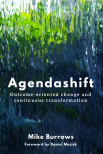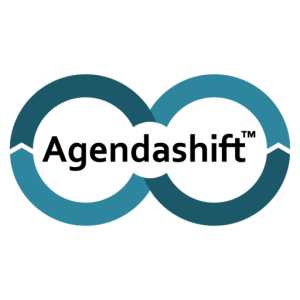Suppose you had to understand Lego – and I mean really understand it. Where do you start? With children playing, or with plastic feedstock?
Now suppose you had to understand Lean-Agile. Where do you start? With people collaborating over software that is already beginning to work for its customers, or with backlogs and projects? Working software, or JIRA?
With the Agendashift book [1] only just out of the door, I’ve begun work on the prequel, a no-nonsense guide to Lean-Agile, the kind of book you’ll give to your manager and hope that they’ll pass on to theirs. And yes, we’ll start right to left, beginning at the point where needs are met [2] and working our way upstream. We’ll describe what it’s like to have Lean and Agile already working well, and demonstrate powerful ways to understand, manage, and improve almost any kind of delivery process.
There’ll be two more themes: outside in and upside down; more on those soon. Join us meanwhile in the #right-to-left channel in the Agendashift Slack [3] if any of these themes are of interest to you. Perhaps you have relevant examples or models that support these themes, or are already beginning to wonder about how they might be applied in your current situation and have questions.
[1] Agendashift: Outcome-oriented change and continuous transformation
[2] My handy, referenceable Definition of Done
[3] Agendashift on Slack
Upcoming Agendashift workshops:
- 22-23 May, Cardiff, UK – Mike Burrows
 Blog: Monthly roundups | Classic posts
Blog: Monthly roundups | Classic postsLinks: Home | About | Partners | Resources | Contact | Mike
Community: Slack | LinkedIn group | Twitter


